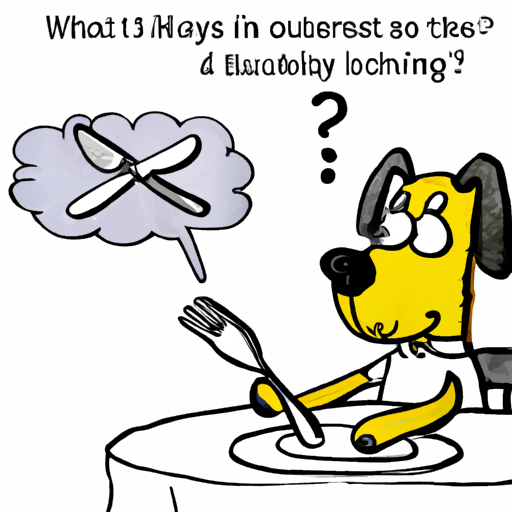If you’ve ever been perplexed by your furry friend’s bee-chasing antics, you’re not alone. This seemingly odd behavior is more common than you may think. In this article, we’ll explore why dogs eat bees and what you can do to protect your canine companion from potential harm.
H2: The Curiosity Quotient
Dogs, like children, are naturally curious creatures. When a buzzing creature flits past, they’re likely to give chase, their canine instincts kicking in.
- The Chase: Dogs are born hunters. A buzzing bee may look like a fun toy to them, causing them to give chase and even snap at the bee in an attempt to catch it.
- Curiosity: Dogs explore their world with their mouths. When they encounter something new, their first instinct is to sniff and taste it, even if it’s a bee.
Understanding these behaviors can help you predict and prevent potentially dangerous bee encounters.
H2: The Dangers of Bee Stings
While a dog eating a bee may seem harmless – or even humorous – it can pose serious health risks. Most notably, a bee sting can lead to an allergic reaction.
- Immediate Reactions: These can include severe swelling and difficulty breathing, which warrants immediate veterinary attention.
- Delayed Reactions: These can occur hours or even days after the bee sting, including lethargy, fever, and a decreased appetite.
| Type of Reaction | Symptoms |
|---|---|
| Immediate | Swelling, difficulty breathing |
| Delayed | Lethargy, fever, decreased appetite |
H2: Preventing Bee Encounters
In an ideal world, you could keep your dog and bees separate at all times. However, this isn’t always practical. Here are a few strategies you might consider:
- Supervision: Keep a close eye on your dog, especially during spring and summer when bees are more active.
- Training: Train your dog to come when called, which can be useful if they start chasing a bee.
- Environment: Keep your garden free of blooming flowers that may attract bees.
H2: What to Do If Your Dog Gets Stung
Even with the best prevention, there’s always a chance your dog could get stung. Here’s what you can do:
- Stay Calm: Panicking will only stress out your dog more.
- Remove the Stinger: If the stinger is still in your dog’s skin, gently scrape it out with a credit card.
- Monitor Your Dog: Keep an eye out for symptoms of an allergic reaction.
H2: Frequently Asked Questions (FAQs)
Q: Can a bee sting kill a dog?
A: In rare cases, a severe allergic reaction could potentially be fatal.
Q: How can I tell if my dog has been stung?
A: Symptoms can include yelping, pawing at the face, swelling, and hives.
Q: Should I take my dog to the vet after a bee sting?
A: If your dog shows signs of an allergic reaction, seek immediate veterinary attention.
While dogs eating bees may be part of their natural curiosity, it’s important to be aware of the potential risks and take appropriate precautions. As always, your vigilance as a caregiver is your dog’s best defense.



